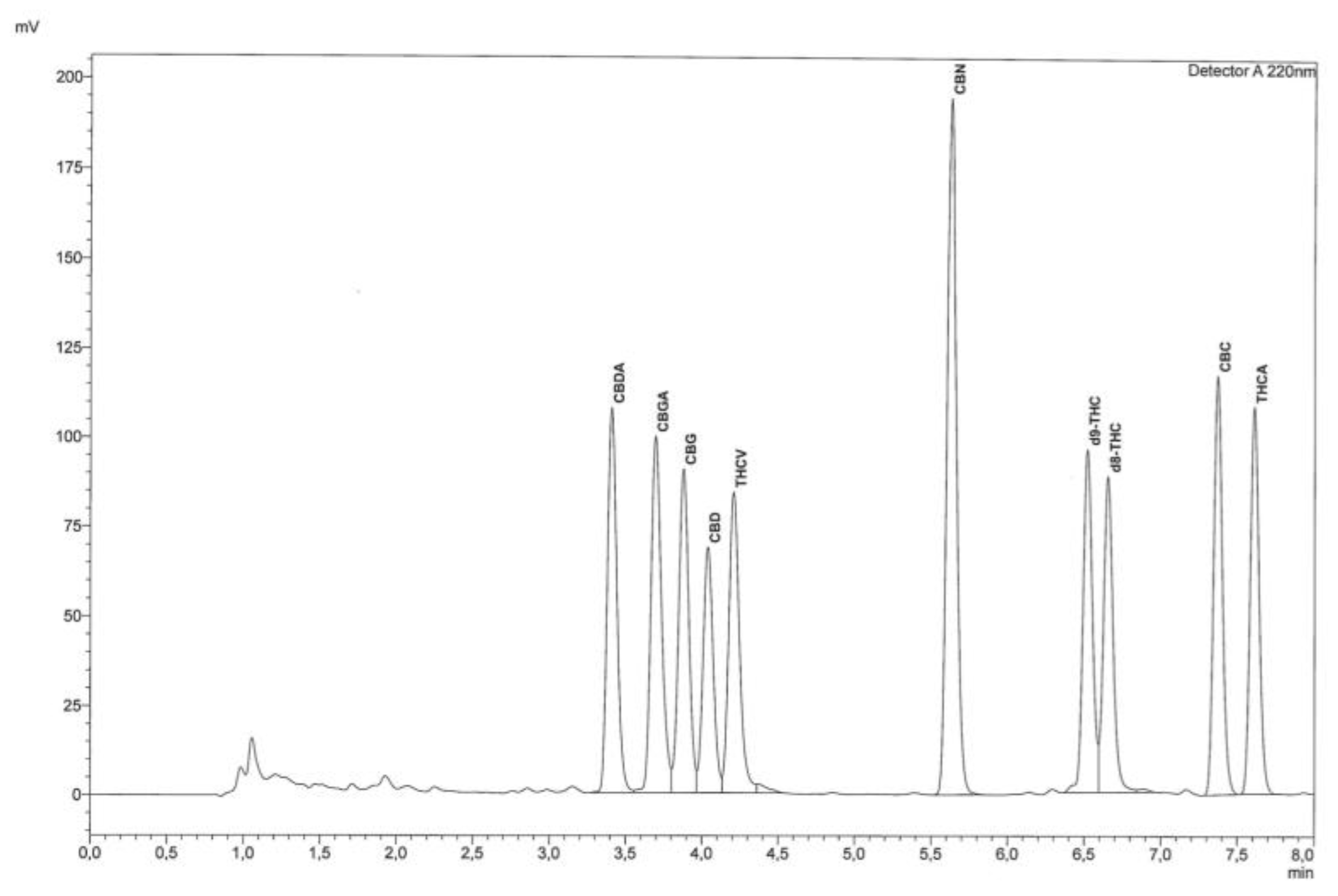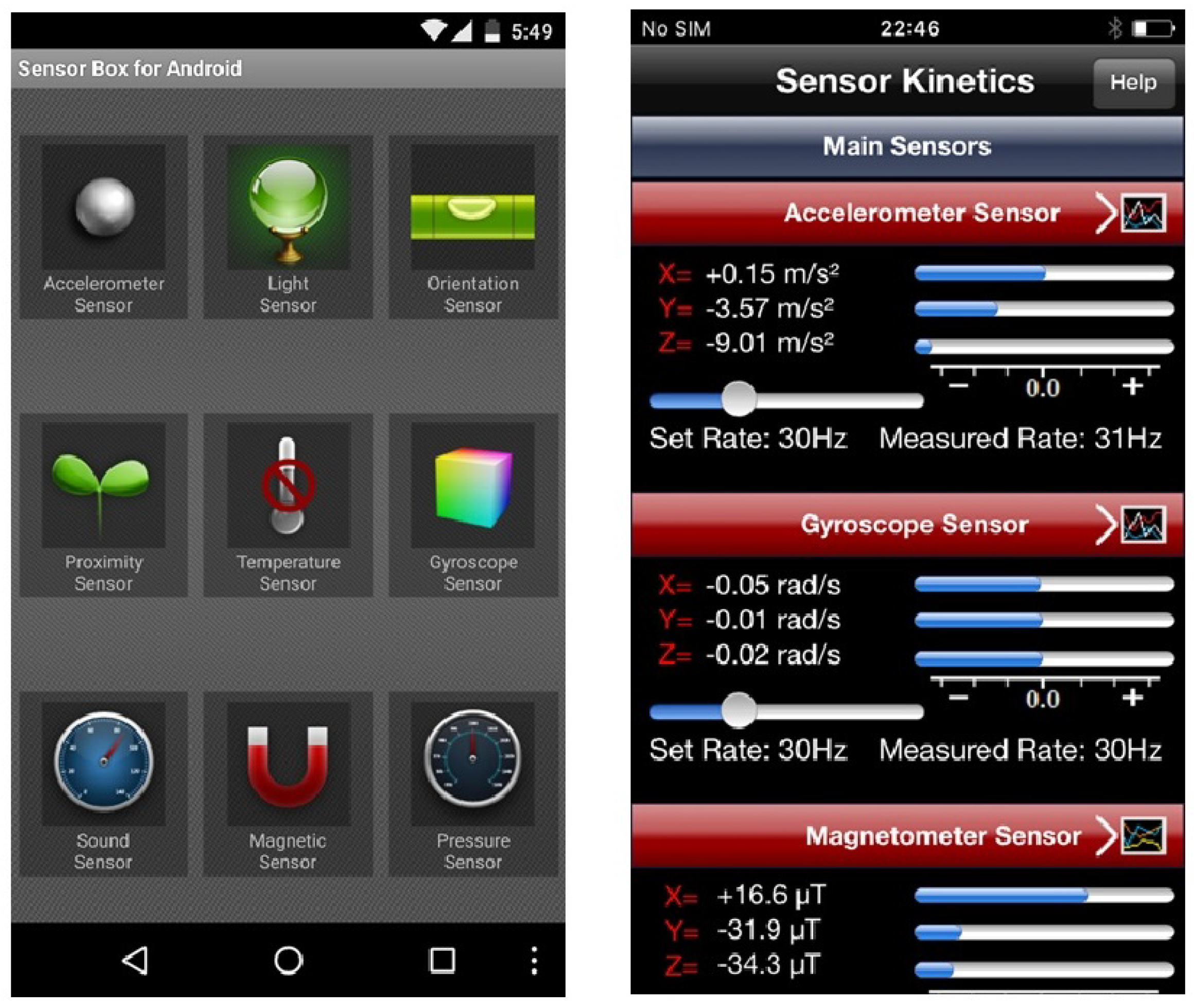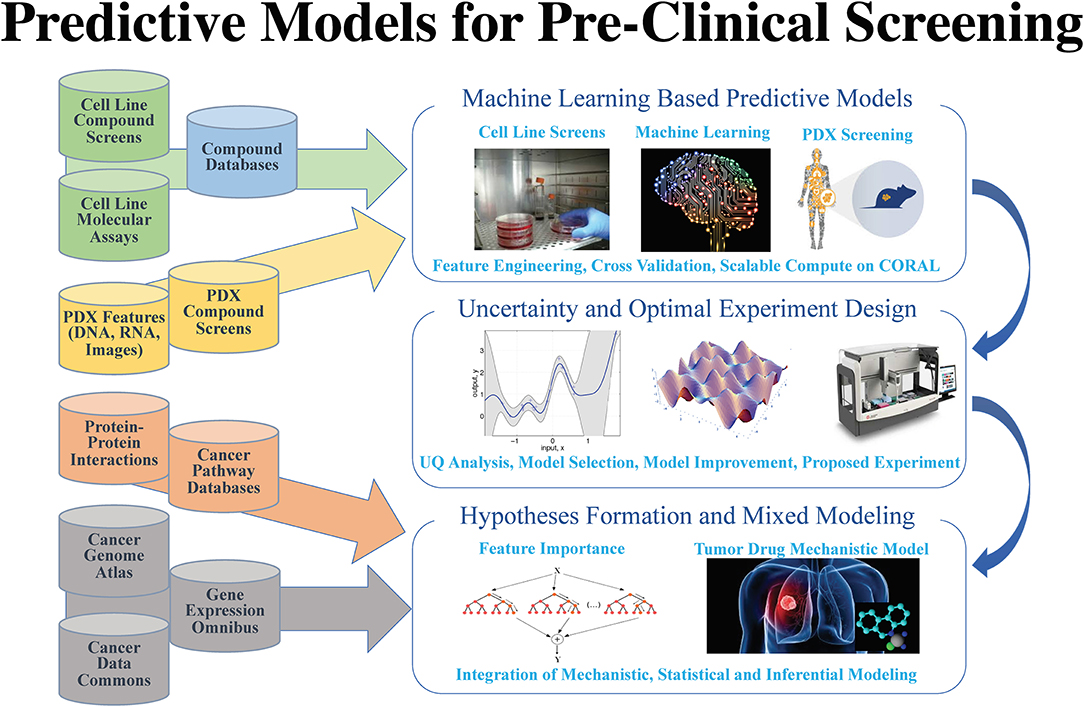Difference between revisions of "Main Page/Featured article of the week/2020"
Shawndouglas (talk | contribs) (Added last week's article of the week) |
Shawndouglas (talk | contribs) (Added last week's article of the week) |
||
| Line 17: | Line 17: | ||
<!-- Below this line begin pasting previous news --> | <!-- Below this line begin pasting previous news --> | ||
<h2 style="font-size:105%; font-weight:bold; text-align:left; color:#000; padding:0.2em 0.4em; width:50%;">Featured article of the week: January 13–19:</h2> | <h2 style="font-size:105%; font-weight:bold; text-align:left; color:#000; padding:0.2em 0.4em; width:50%;">Featured article of the week: January 20–26:</h2> | ||
<div style="float: left; margin: 0.5em 0.9em 0.4em 0em;">[[File:Fig1 Mandrioli Molecules2019 24-11.png|240px]]</div> | |||
'''"[[Journal:Fast detection of 10 cannabinoids by RP-HPLC-UV method in Cannabis sativa L.|Fast detection of 10 cannabinoids by RP-HPLC-UV method in Cannabis sativa L.]]"''' | |||
[[wikipedia:Cannabis|Cannabis]] has regained much attention as a result of updated legislation authorizing many different uses, and it can be classified on the basis of the content of [[wikipedia:Tetrahydrocannabinol|Δ9-tetrahydrocannabinol]] (Δ9-THC), a psychotropic substance for which there are legal limitations in many countries. For this purpose, accurate qualitative and quantitative determination is essential. The relationship between THC and [[wikipedia:Cannabidiol|cannabidiol]] (CBD) is also significant, as the latter substance is endowed with many specific and non-psychoactive proprieties. For these reasons, it becomes increasingly important and urgent to utilize fast, easy, validated, and harmonized procedures for determination of [[wikipedia:Cannabinoid|cannabinoids]]. The procedure described herein allows rapid determination of 10 cannabinoids from the [[wikipedia:Inflorescence|inflorescences]] of ''Cannabis sativa'' L. by extraction with organic solvents. Separation and subsequent detection are by [[wikipedia:Reversed-phase chromatography|reversed-phase]] [[high-performance liquid chromatography]] with ultraviolet detector (RP-HPLC-UV). ('''[[Journal:Fast detection of 10 cannabinoids by RP-HPLC-UV method in Cannabis sativa L.|Full article...]]''')<br /> | |||
|- | |||
|<br /><h2 style="font-size:105%; font-weight:bold; text-align:left; color:#000; padding:0.2em 0.4em; width:50%;">Featured article of the week: January 13–19:</h2> | |||
<div style="float: left; margin: 0.5em 0.9em 0.4em 0em;">[[File:Fig2 Mehrnezhad Informatics2019 6-1.png|240px]]</div> | <div style="float: left; margin: 0.5em 0.9em 0.4em 0em;">[[File:Fig2 Mehrnezhad Informatics2019 6-1.png|240px]]</div> | ||
'''"[[Journal:What is this sensor and does this app need access to it?|What is this sensor and does this app need access to it?]]"''' | '''"[[Journal:What is this sensor and does this app need access to it?|What is this sensor and does this app need access to it?]]"''' | ||
Mobile sensors have already proven to be helpful in different aspects of people’s everyday lives such as fitness, gaming, navigation, etc. However, illegitimate access to these sensors results in a malicious program running with an exploit path. While users are benefiting from richer and more personalized apps, the growing number of sensors introduces new security and privacy risks to end-users and makes the task of sensor management more complex. In this paper, we first discuss the issues around the security and privacy of mobile sensors. We investigate the available sensors on mainstream mobile devices and study the permission policies that Android, iOS and mobile web browsers offer for them. Second, we reflect on the results of two workshops that we organized on mobile sensor security. In these workshops, the participants were introduced to mobile sensors by working with sensor-enabled apps. We evaluated the risk levels perceived by the participants for these sensors after they understood the functionalities of these sensors. The results showed that knowing sensors by working with sensor-enabled apps would not immediately improve the users’ security inference of the actual risks of these sensors. However, other factors such as the prior general knowledge about these sensors and their risks had a strong impact on the users’ perception. ('''[[Journal:What is this sensor and does this app need access to it?|Full article...]]''')<br /> | Mobile sensors have already proven to be helpful in different aspects of people’s everyday lives such as fitness, gaming, navigation, etc. However, illegitimate access to these sensors results in a malicious program running with an exploit path. While users are benefiting from richer and more personalized apps, the growing number of sensors introduces new security and privacy risks to end-users and makes the task of sensor management more complex. In this paper, we first discuss the issues around the security and privacy of mobile sensors. We investigate the available sensors on mainstream mobile devices and study the permission policies that Android, iOS and mobile web browsers offer for them. Second, we reflect on the results of two workshops that we organized on mobile sensor security. In these workshops, the participants were introduced to mobile sensors by working with sensor-enabled apps. We evaluated the risk levels perceived by the participants for these sensors after they understood the functionalities of these sensors. The results showed that knowing sensors by working with sensor-enabled apps would not immediately improve the users’ security inference of the actual risks of these sensors. However, other factors such as the prior general knowledge about these sensors and their risks had a strong impact on the users’ perception. ('''[[Journal:What is this sensor and does this app need access to it?|Full article...]]''')<br /> | ||
<br /> | |- | ||
<h2 style="font-size:105%; font-weight:bold; text-align:left; color:#000; padding:0.2em 0.4em; width:50%;">Featured article of the week: January 2–12:</h2> | |<br /><h2 style="font-size:105%; font-weight:bold; text-align:left; color:#000; padding:0.2em 0.4em; width:50%;">Featured article of the week: January 2–12:</h2> | ||
<div style="float: left; margin: 0.5em 0.9em 0.4em 0em;">[[File:Fig1 Bhattacharya FrontInOnc2019 9.jpg|240px]]</div> | <div style="float: left; margin: 0.5em 0.9em 0.4em 0em;">[[File:Fig1 Bhattacharya FrontInOnc2019 9.jpg|240px]]</div> | ||
'''"[[Journal:AI meets exascale computing: Advancing cancer research with large-scale high-performance computing|AI meets exascale computing: Advancing cancer research with large-scale high-performance computing]]"''' | '''"[[Journal:AI meets exascale computing: Advancing cancer research with large-scale high-performance computing|AI meets exascale computing: Advancing cancer research with large-scale high-performance computing]]"''' | ||
Revision as of 16:59, 27 January 2020
|
|
If you're looking for other "Article of the Week" archives: 2014 - 2015 - 2016 - 2017 - 2018 - 2019 - 2020 |
Featured article of the week archive - 2020
Welcome to the LIMSwiki 2020 archive for the Featured Article of the Week.
Featured article of the week: January 20–26:"Fast detection of 10 cannabinoids by RP-HPLC-UV method in Cannabis sativa L." Cannabis has regained much attention as a result of updated legislation authorizing many different uses, and it can be classified on the basis of the content of Δ9-tetrahydrocannabinol (Δ9-THC), a psychotropic substance for which there are legal limitations in many countries. For this purpose, accurate qualitative and quantitative determination is essential. The relationship between THC and cannabidiol (CBD) is also significant, as the latter substance is endowed with many specific and non-psychoactive proprieties. For these reasons, it becomes increasingly important and urgent to utilize fast, easy, validated, and harmonized procedures for determination of cannabinoids. The procedure described herein allows rapid determination of 10 cannabinoids from the inflorescences of Cannabis sativa L. by extraction with organic solvents. Separation and subsequent detection are by reversed-phase high-performance liquid chromatography with ultraviolet detector (RP-HPLC-UV). (Full article...)
|












